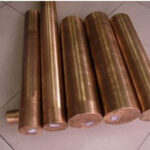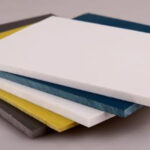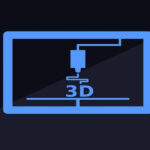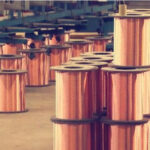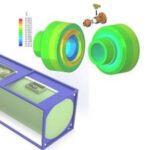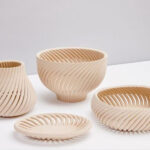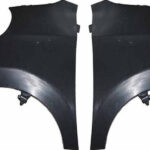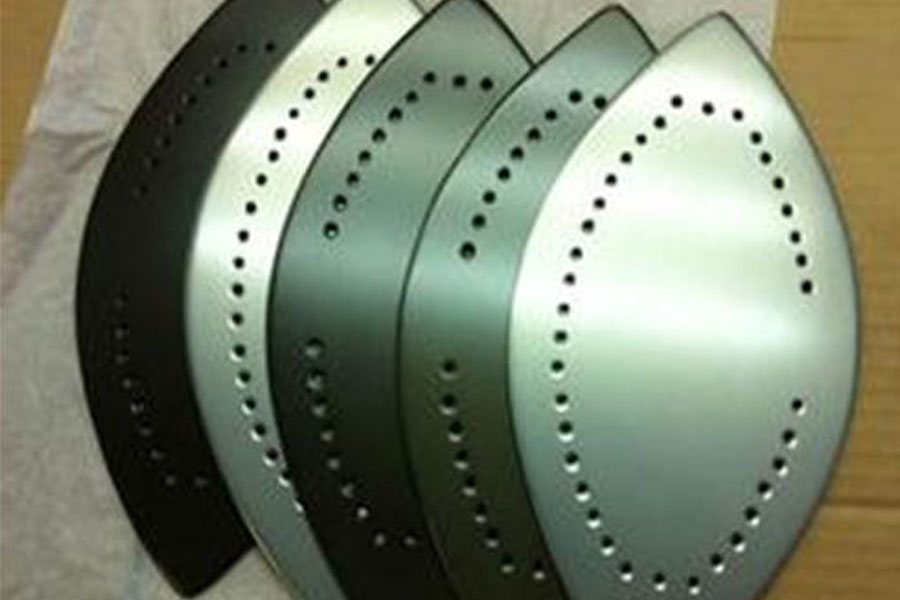
The aluminum profile is sent to the oxidation workshop after extrusion, aging heat treatment, and operation. There are natural oxide films, oil films, dust, bumps and scratches, and metamorphic alloy layers on the surface. The surface must be thoroughly washed before oxidation to make it uniform. This is very important for obtaining high-quality oxidized coloring materials. Statistics show that more than 60% of the apparent quality problems of aluminum profile oxidation and coloring are caused by poor pretreatment, of which the unqualified alkali corrosion quality accounts for the majority, which shows the importance of pretreatment.
At present, the pretreatment of aluminum profiles in China only uses degreasing, alkali etching and decontamination and light-emitting processes. Only when the stainless steel is colored and golden yellow, mechanical or chemical polishing methods are used for further finishing.
1 Degreased
Table of Contents
Degreasing is also called degreasing. Its purpose is to remove natural oxide film, process lubricating oil, anti-rust oil, hand sweat and dirt sticking to the grease to ensure that the surface can be uniformly corroded during alkali corrosion and to protect the alkali corrosion tank. The cleanliness. If the grease is not removed, the alkali corrosion will not be uniform, and there will be dark patterns and uneven surface after oxidation and coloring, which is also one of the reasons for the corrosion during alkali corrosion. Most of our country adopts non-lubricating extrusion technology to reduce surface grease and dust and other dirt, and generally adopts chemical degreasing method. Chemical degreasing can use alkaline, neutral or acid degreasing fluid.
1.1 Alkaline chemical degreasing
Alkaline chemical degreasing has low cost, does not pollute the alkaline etching solution, and has good effects, so it is widely used. The essence of alkaline chemical degreasing is the result of the dual effects of saponification and emulsification. In addition to caustic soda, alkaline degreasing liquid also includes builder phosphate, buffer carbonate, and emulsifiers such as water glass and OP. Generally, alkaline chemical degreasing mostly uses anionic and nonionic surfactants; acidic degreasing agents use cationic surfactants.
Often composed of alkaline degreasing liquid: NaOH 10-20 g/L, Na3PO4 30-50 g/L, Na2CO3 10-20 g/L, Na2SiO3 10-20 g/L, surfactant 1 g /L, 60—70℃, 1—3 min.
Most of the quick degreasing agents sold in the market at room temperature are neutral or weakly alkaline. The former is mostly a combination of a variety of low-foaming and high-efficiency surfactants with different properties, while the latter is a combination of builders and surfactants. Become. Regardless of which type is used below 20°C, the degreasing time must be greater than 10 minutes, and the effect is best when used at 35-45°C.
1.2 Acid degreasing
Acid degreasing is only suitable for LD31 aluminum alloy. Now the acid degreasing method is more used than the alkaline method. The reason is that this method can make full use of aluminum oxidation waste acid and decontamination waste acid, so as to make the best use of materials and reduce costs. . Commonly used acid degreasing fluids are:
- 1) Sulfuric acid method H2SO4 10%——15% 50——60℃ 2——4 min
- 2) Nitric acid method HNO3 15%-20% room temperature 2-4 min
- 3) Mixed acid HNO3 10% H2SO4 10% room temperature 1-3 min
“Some add a small amount of cationic or amphoteric surfactants to acid degreasing agents to improve efficiency.
Some companies are sloppy in degreasing. For example, sulfuric acid degreasing is proposed after immersing for more than ten seconds at room temperature. It does not achieve the purpose of degreasing at all. Moreover, it is put into the alkali corrosion tank without washing, which brings a series of problems: 1) No degreasing Clean, alkaline etching is uneven, the surface appears different gloss, and then the oxidation coloring is also uneven. 2) Bring strong acids such as sulfuric acid into the alkali etching tank to neutralize the caustic soda, and at the same time, sulfate radicals react with aluminum ions and sodium ions in the alkali tank to form aluminum alum [NaAl(SO4)2], which forms granular precipitation in the alkali etching tank. It will also stick to the profile and cause cross-contamination of subsequent process tanks.
2 Alkaline etching
The quality of alkaline etching largely determines the surface quality of the profile, and the subsequent oxidation, coloring, and sealing processes will not be significantly improved. If the alkali etching is not good, long strip pits and spots will appear, and the color materials will have dark patterns, uneven gloss, low brightness and dark gray, especially when the impurities in aluminum exceed the standard, it will be more serious.
2.1 The purpose of alkaline etching
- 1) Remove the remaining natural oxide film and the residues that corrode the aluminum substrate during the degreasing process;
- 2) Remove dirt such as grease that penetrates into the aluminum-based surface layer;
- 3) Remove the modified alloy layer on the surface of the profile;
- 4) Eliminate extrusion, mold marks, scratches and other surface defects, adjust and level the surface of the substrate to make it uniform;
- 5) Through moderate corrosion to obtain special effects such as matte, fine sand surface, pitted surface, etc., to improve the decorativeness of the product.
2.2 Why long-life alkaline etching agent
During alkaline etching, the following chemical reactions occur between aluminum and alkaline etching solution:
- Al2O3 2NaOH→2NaAlO2 H2O (1)
- 2Al 2NaOH 2H2O→2NaAlO2 3H2↑ (2)
- 2NaAlO2 4H2O→2Al(OH)3↓ 2NaOH (3)
Reaction
- (1) removes the natural oxide film; reaction
- (2) is the corrosion and dissolution of the aluminum matrix by caustic soda; reaction
- (3) is the hydrolysis of sodium metaaluminate to form Al(OH)3 precipitation, when the dissolved aluminum in the alkali etching tank reaches
This reaction occurs when 35 g/L and no long-life alkaline etching agent is added. The resulting Al(OH)3 solid particles are the active center that stimulates the hydrolysis of sodium metaaluminate. This reaction is irreversible, and Al(OH)3 is gradually dehydrated to Al2O3 at a certain temperature. The deposits on the tube form hard stones called diaspore. Production is often stopped for removal every month, which not only affects production, but is also difficult and unsafe to remove. The addition of long-life alkaline etching agent can keep the sodium metaaluminate highly stable and will not produce diaspore. When the dissolved aluminum reaches 110-120 g/L, the aluminum dissolved in the profile and the aluminum ion carried out will reach a dynamic balance. , The solution can be used for a long time.
The performance of the long-life alkaline etching agent developed in China has reached and exceeded the level of imported products, and has the following characteristics: 1) Allow the dissolved aluminum to reach 100-120 g/L without hydrolysis and agglomeration, and occasional hydrolysis occurs when the temperature decreases. It does not agglomerate and is easy to clean; 2) Since the aluminum is allowed to dissolve high, the alkali corrosion mold can be smoothed and leveled.
Link to this article:The Influence Of Degreasing, Alkali Etching And Light Extraction On The Aluminum Profiles Oxidation Quality
Reprint Statement: If there are no special instructions, all articles on this site are original. Please indicate the source for reprinting:https://www.cncmachiningptj.com/,thanks!
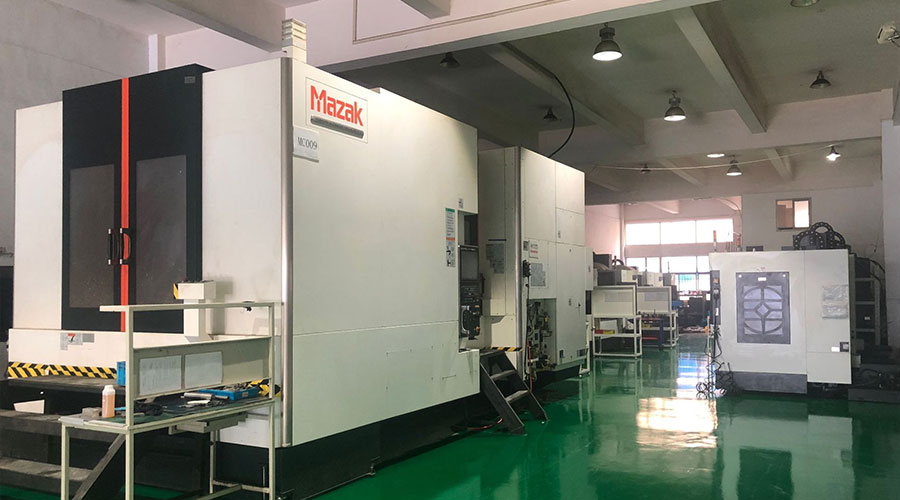 3, 4 and 5-axis precision CNC machining services for aluminum machining, beryllium, carbon steel, magnesium, titanium machining, Inconel, platinum, superalloy, acetal, polycarbonate, fiberglass, graphite and wood. Capable of machining parts up to 98 in. turning dia. and +/-0.001 in. straightness tolerance. Processes include milling, turning, drilling, boring, threading, tapping, forming, knurling, counterboring, countersinking, reaming and laser cutting. Secondary services such as assembly, centerless grinding, heat treating, plating and welding. Prototype and low to high volume production offered with maximum 50,000 units. Suitable for fluid power, pneumatics, hydraulics and valve applications. Serves the aerospace, aircraft, military, medical and defense industries.PTJ will strategize with you to provide the most cost-effective services to help you reach your target,Welcome to Contact us ( [email protected] ) directly for your new project.
3, 4 and 5-axis precision CNC machining services for aluminum machining, beryllium, carbon steel, magnesium, titanium machining, Inconel, platinum, superalloy, acetal, polycarbonate, fiberglass, graphite and wood. Capable of machining parts up to 98 in. turning dia. and +/-0.001 in. straightness tolerance. Processes include milling, turning, drilling, boring, threading, tapping, forming, knurling, counterboring, countersinking, reaming and laser cutting. Secondary services such as assembly, centerless grinding, heat treating, plating and welding. Prototype and low to high volume production offered with maximum 50,000 units. Suitable for fluid power, pneumatics, hydraulics and valve applications. Serves the aerospace, aircraft, military, medical and defense industries.PTJ will strategize with you to provide the most cost-effective services to help you reach your target,Welcome to Contact us ( [email protected] ) directly for your new project.
Link to this article:The Influence Of Degreasing, Alkali Etching And Light Extraction On The Aluminum Profiles Oxidation Quality
Reprint Statement: If there are no special instructions, all articles on this site are original. Please indicate the source for reprinting.:Cnc Machining,Thank!^^

